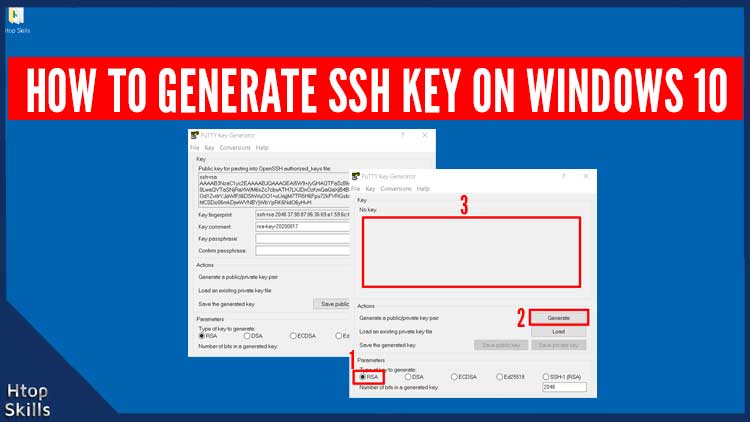

- CREATING AN SSH PROXY DECRYPTION POLICY HOW TO
- CREATING AN SSH PROXY DECRYPTION POLICY SOFTWARE
- CREATING AN SSH PROXY DECRYPTION POLICY WINDOWS
You can create a new profile, modify the custom-deep-inspection profile, or clone and then edit certificate-inspection or deep-inspection profile. Your FortiProxy unit has two preconfigured SSL/SSH inspection profiles that cannot be edited: certificate-inspection and deep-inspection. The Edit SSL/SSH Inspection Profile opens. To configure an SSL/SSH inspection profile, go to Security Profiles > SSL/SSH Inspection.
Encrypts the sessions and forwards them to their destinations. IMAPS, POP3S, and SMTPS email filtering. HTTPS web filtering and FortiGuard web filtering. 
HTTPS, IMAPS, POP3S, and SMTPS Antivirus, DLP, and DLP archiving.Applies content inspection to decrypted content, including:.Intercepts and decrypts HTTPS, IMAPS, POP3S, SMTPS, and FTPS sessions between clients and servers (FortiProxy SSL acceleration speeds up decryption).To perform SSL content scanning and inspection, the FortiProxy unit does the following: Secure Sockets Layer (SSL) content scanning and inspection allows you to apply antivirus scanning, web filtering, FortiGuard Web Filtering, and email filtering to encrypted traffic. Determine which inspection method will be applied to Secure Shell (SSH) / SSL traffic.

CREATING AN SSH PROXY DECRYPTION POLICY HOW TO
Identify how to treat invalid, unsupported or untrusted SSL certificates. Configure which websites or website categories will be exempt from SSL inspection. Configure which ports will be associated with which SSL protocols for the purpose of inspection. Configure whether a specific SSL protocol will be inspected, blocked or bypassed. Configure which Certificate Authority (CA) certificate will be used to decrypt the Secure Sockets Layer (SSL) encrypted traffic. Depending on the inspection profile selected, you can: Launch Putty and enter your server IP Address in the Host name (or IP address) field.Individual deep inspection security profiles can be created depending on the requirements of the policy. CREATING AN SSH PROXY DECRYPTION POLICY WINDOWS
Windows users can create an SSH tunnel using the PuTTY SSH client. You can set up an SSH key-based authenticationĪnd connect to your server without entering a password. After entering it, you will be logged in to your server and the SSH tunnel will be established. Once you run the command, you’ll be prompted to enter your user password.
If your SSH server is listening on a port other than 22. To run the command in the background use the -f option. - Your remote SSH user and server IP address. -D 9090 - Opens a SOCKS tunnel on the specified port number. -N - Tells SSH not to execute a remote command. If you run Linux, macOS or any other Unix-based operating system on your local machine, you can easily start an SSH tunnel with the following sshĬommand: ssh -N -D 9090 options used are as follows: You can use any port number greater than 1024, only root can open ports on privileged ports. That will securely forward traffic from your local machine on port 9090 to the SSH server on port 22. Server running any flavor of Linux, with SSH access to route your traffic through it. This tutorial will walk you through the process of creating an encrypted SSH tunnel and configuring Firefox and Google Chrome Your ISP (internet service provider) and other third parties will not be able to inspect your traffic and block your access to websites. This way, all your applications using the proxy will connect to the SSH server and the server will forward all the traffic to its actual destination. The simpler alternative is to route your local network traffic with an encrypted SOCKS proxy tunnel. CREATING AN SSH PROXY DECRYPTION POLICY SOFTWARE
One option is to use a VPN, but that requires installing client software on your machine and setting up your own VPN server There are times when you want to browse the Internet privately, access geo-restricted content or bypass any intermediate firewalls your network might be enforcing.







 0 kommentar(er)
0 kommentar(er)
